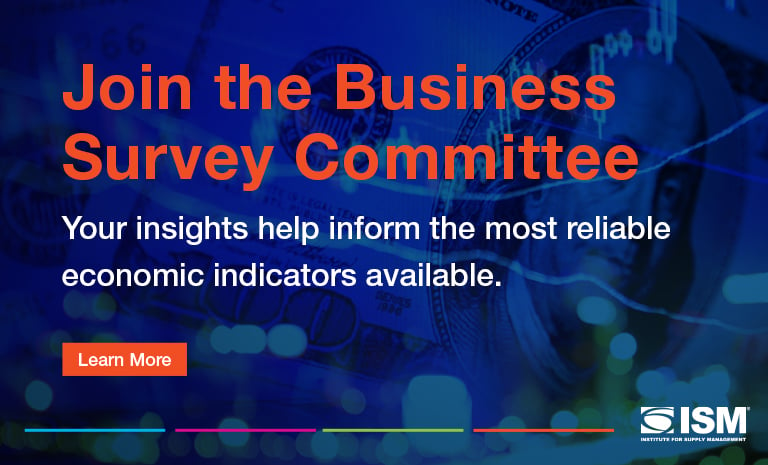Inside Supply Management Magazine
Success through Statement of Objectives and Workload Allocation

(Editor’s note: Inside Supply Management Weekly recently published “Implementing a Successful Supplier Sourcing Contract,” which highlighted why strategic supplier relationships should use all of the different tools in the contracting tool kit. This article is the third in a series that explores each of the 10 elements that craft successful buyer-supplier contracts, as highlighted in the book, The Vested Outsourcing Manual.)
By Kate Vitasek
Vested’s Rule No. 2 directs companies on the Vested journey to focus on the what, not the how. Rule 2 is where the “meat” of the contracting process begins to take place. For context, Rule 2 features Element 3, which aims at documenting the desired outcomes and statement of objectives (SOO) as well as a taxonomy/workload allocation for how the work will get done.

Defining Element 3
Let’s first start with a brief definition of the key components of Element 3:
Desired outcomes. A desire is something the buying organization wants and does not have. Outcomes are typically boundary-spanning business results that can be achieved only by working in collaboration with a strategic supplier. Typically, a Vested agreement has five or fewer mutually defined desired outcomes.
Statement of objectives. Desired outcomes are the broken down into strategic objectives. These generally number a dozen or fewer SOO.
Taxonomy/workload allocation. A taxonomy is an end-to-end inventory of all work that needs to be done to achieve the desired outcomes, regardless of whether the buyer or supplier are doing the work. Once the parties have a taxonomy, a workload allocation defines who does what. A workload allocation is important — especially in an outsourcing agreement — because a company transfers some or all of the activities needed to accomplish the goals to its supplier.
A Vested agreement documents the parties’ desired outcomes and the associated SOO. A primary difference between a conventional business-relationship approach and the Vested model is that with Vested, the company specifies what it wants and moves the responsibility of determining how the work gets delivered to the supplier.
Desired outcomes set the expected results, and the SOO establishes the objectives that the parties will strive to accomplish.
The taxonomy and workload allocation go hand in hand with the SOO because it ensures that the parties have a clear understanding of the end-to-end process, and the party responsible for each task.
Under a Vested agreement, the outsourcing company enables the supplier to make significant changes to improve overall processes and flow within the assigned work scope. Work is allocated to the party that provides the best value to the overall agreement. The company and the supplier work together to optimize operations and end-to-end processes.
Avoiding the Outsourcing Paradox
Thus, following the Vested approach and embedding Element 3 into strategic supplier relationships will help the parties avoid a common trap known as the outsourcing paradox. This trap occurs when a company outsources a non-core function or functions, but the work scope is written as if the company is the expert, strictly defining how the work will be done. As a result, the supplier’s hands are tied. That’s where the SOO and workload allocation enter the picture.
Element 3 is designed to help the parties define what success will look like — and how the parties will collaborate to achieve it. The next article in this series explores Element 4, which aligns measures to the desired outcomes and SOO.
Kate Vitasek is an international authority on the Vested business model for highly collaborative relationships. She is the author of six books on the Vested model and a faculty member at the University of Tennessee in Knoxville, Tennessee.
